Agricultural and Biological Engineering
Scientists in the Department of Agricultural and Biological Engineering apply engineering principles to solve problems in biological systems. Related research includes the human body's reaction to medical implants, the engineering of biological machines, computation and modeling of biological systems, renewable bioenergy, animals generating solid wastes at animal production facilities, and production and processing of plants in agricultural systems.
To learn more please visit https://www.abe.msstate.edu/
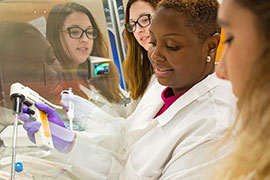
Cardiovascular disease is the cause of one in four deaths in the U.S. A major contributor to cardiovascular disease is vascular calcification, a build-up in the arteries th...
Read more
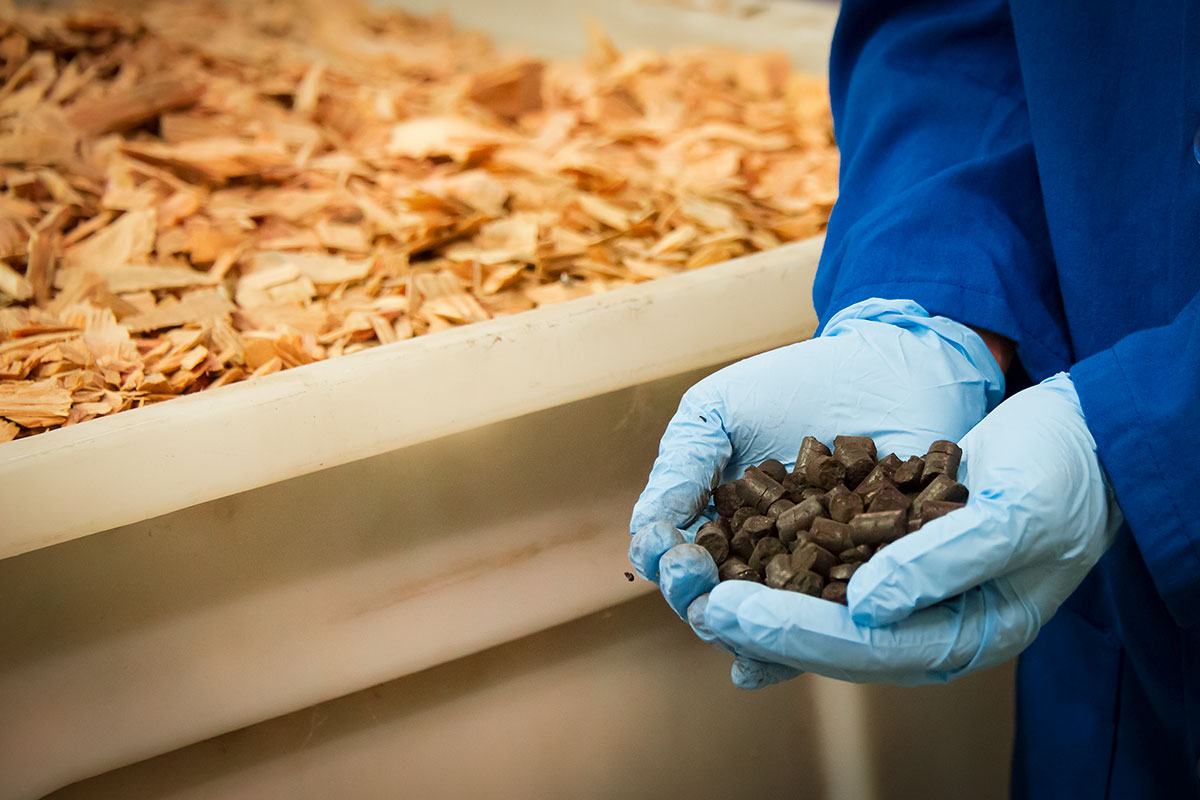
As concern over global climate change increases and our supplies of fossil fuels dwindles, MAFES scientists turn to alternative sources of energy. One of the most promising...
Read More
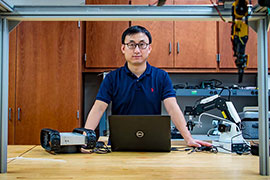
McDonald's, Wendy's, and Walmart are just a few of the hundreds of corporations who have vowed to switch to cage-free eggs in the not-so-distant future. Because of the grow...
Read more
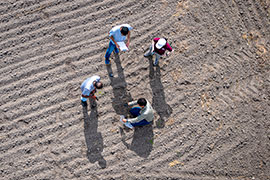
MAFES scientists, led by Dr. Vitor S. Martins, are developing the AI-powered S3DTool to use satellite data for smarter, faster, and more affordable soil sampling that supp...
Read More
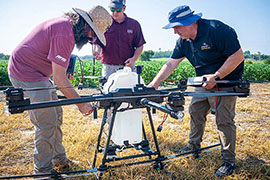
Mississippi State University, through its Agricultural Autonomy Institute and MAFES research, is leading efforts to advance spray drone technology as a precise, efficient c...
Mississippi State University, through its Agricultural Autonomy Institute and MAFES research, is leading efforts to advance spray drone technology as a precise, efficient complement to traditional methods, aiming to improve pest and fertilizer application and position Mississippi as a leader in agricultural innovation.
https://www.mafes.msstate.edu/discovers/article.php?id=332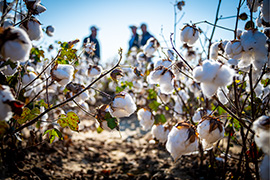
MAFES scientists are harnessing artificial intelligence for real-time integrated weed control. Drs. Wes Lowe, Daniel Chesser, and Brian Pieralisi conducted a study funded b...
Read More

As extreme weather events raise both the risk of lightning damage to broiler houses and insurance premiums; chicken growers are experiencing record losses due to these eve...
Read More
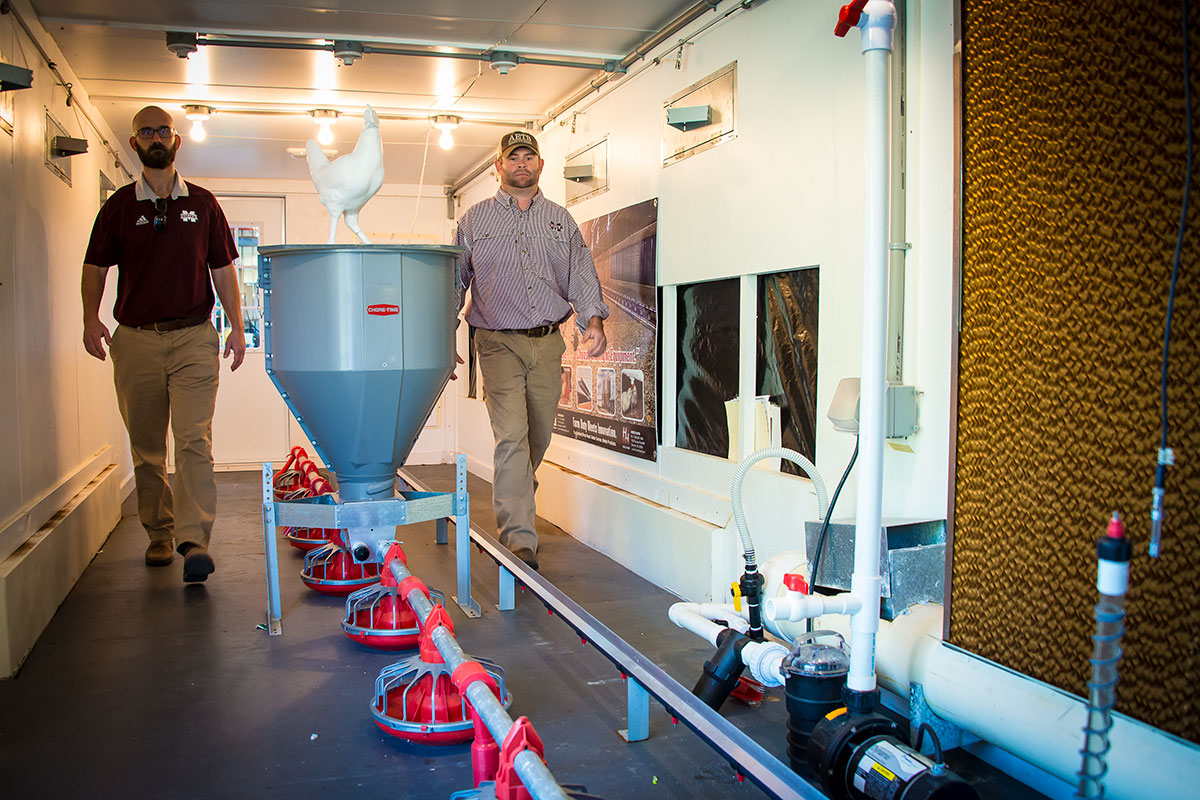
Poultry is big business in Mississippi. In 2016, the state's broiler production value totaled $2.23 billion dollars. A researcher in the Mississippi Agricultural and Forest...
Read More
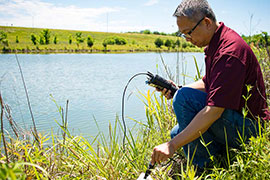
Water is essential. All crops require water and many of the crops in Mississippi depend on irrigation. A little more than half of Mississippi farmland and nearly all of the...
Read More
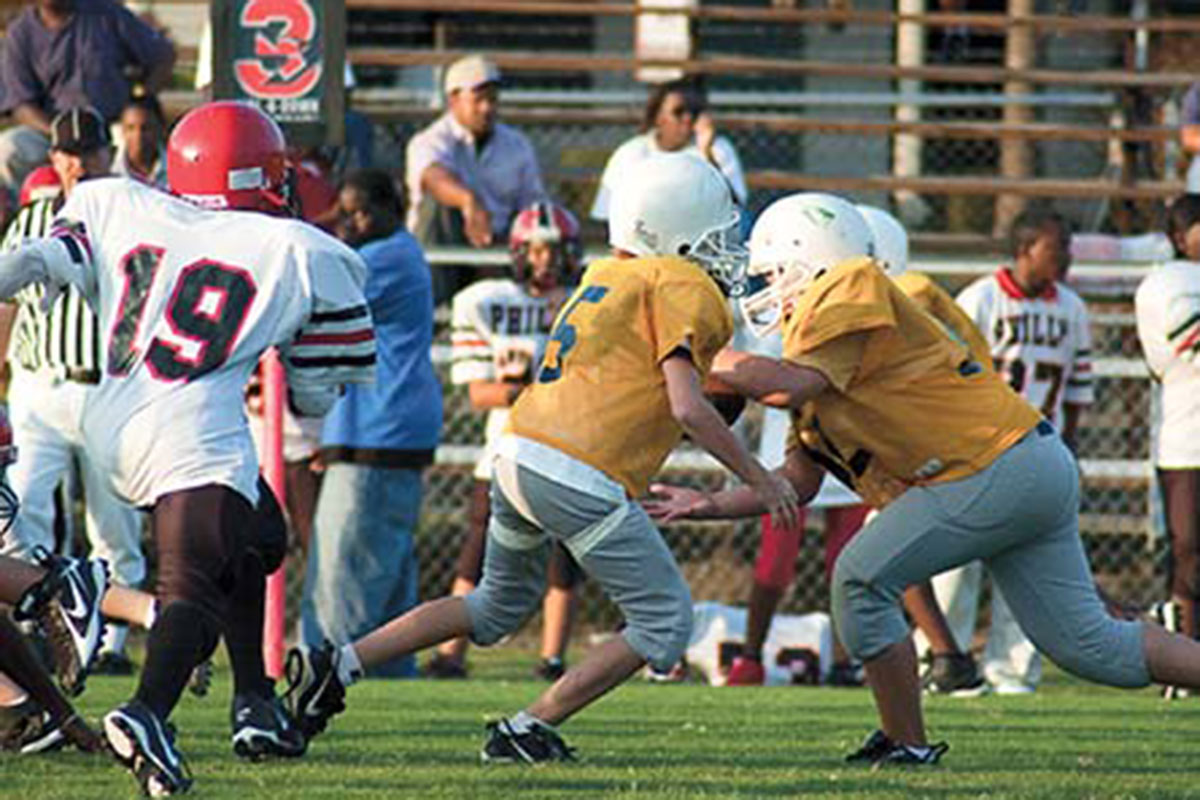
MAFES scientists study the woodpecker's beak to help define shock absorption in man-made design. Read more
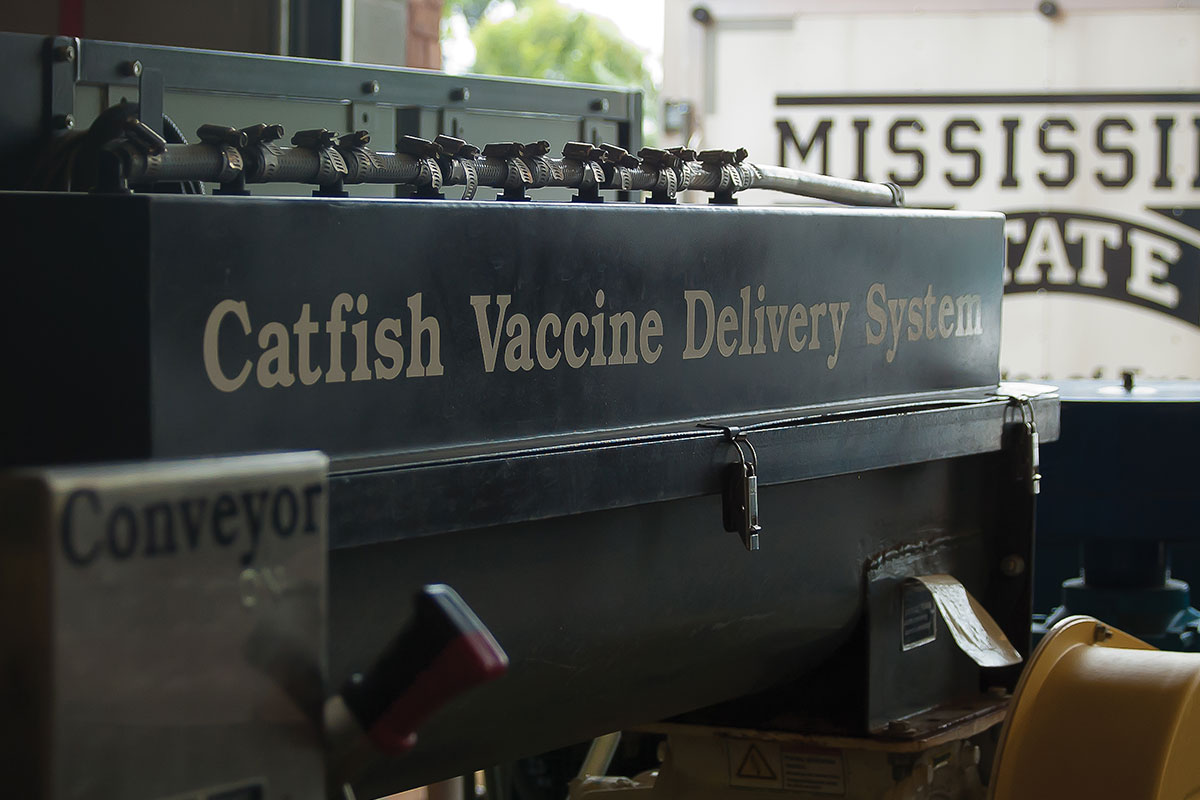
MSU scientists have developed a vaccine to protect catfish from commonly occurring bacteria that can cause death. During their first growing season, every catfish fingerlin...
Read more
